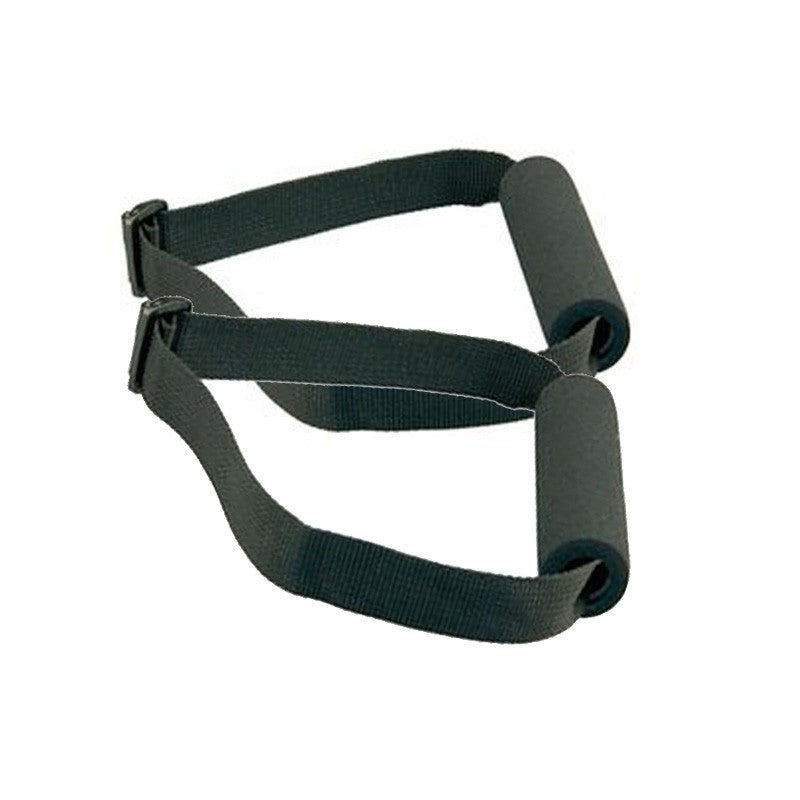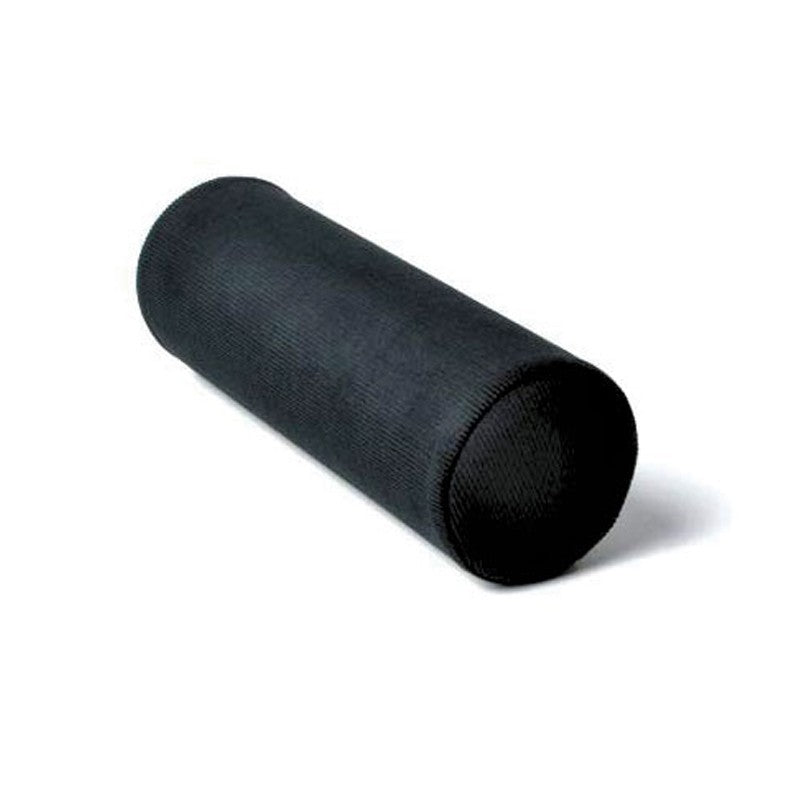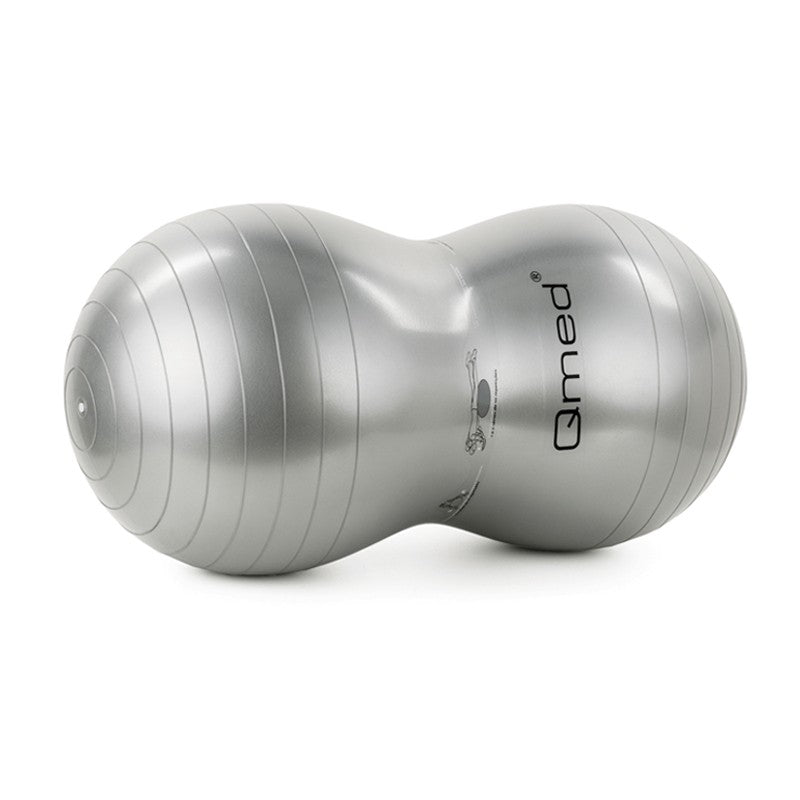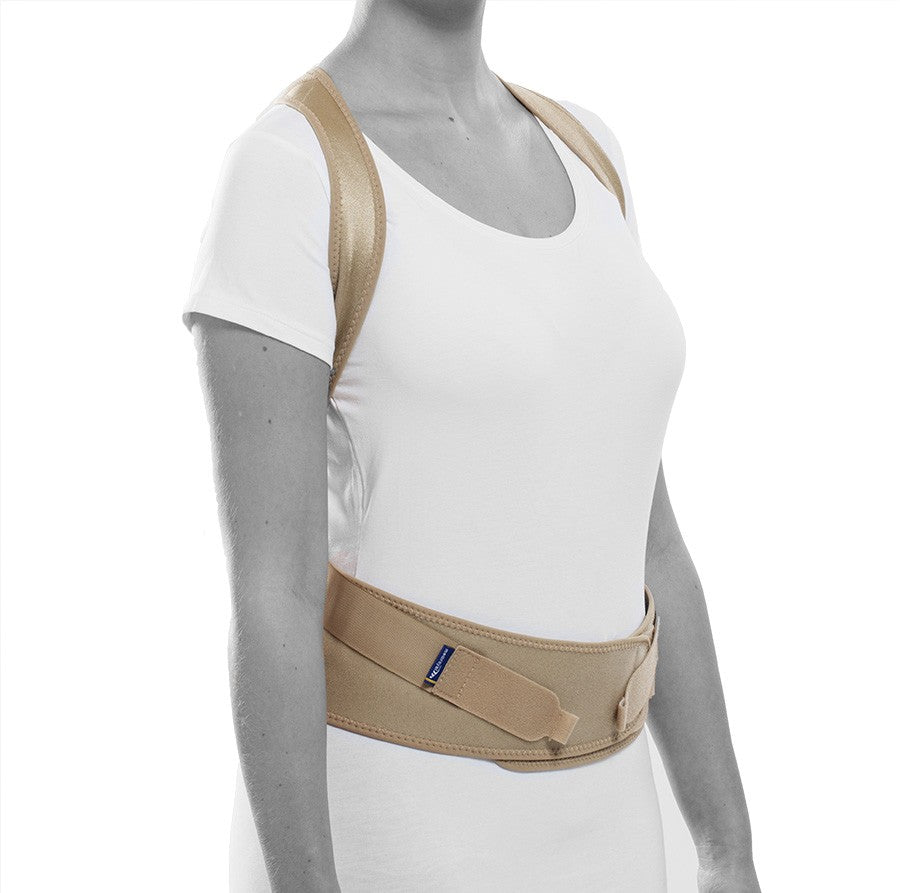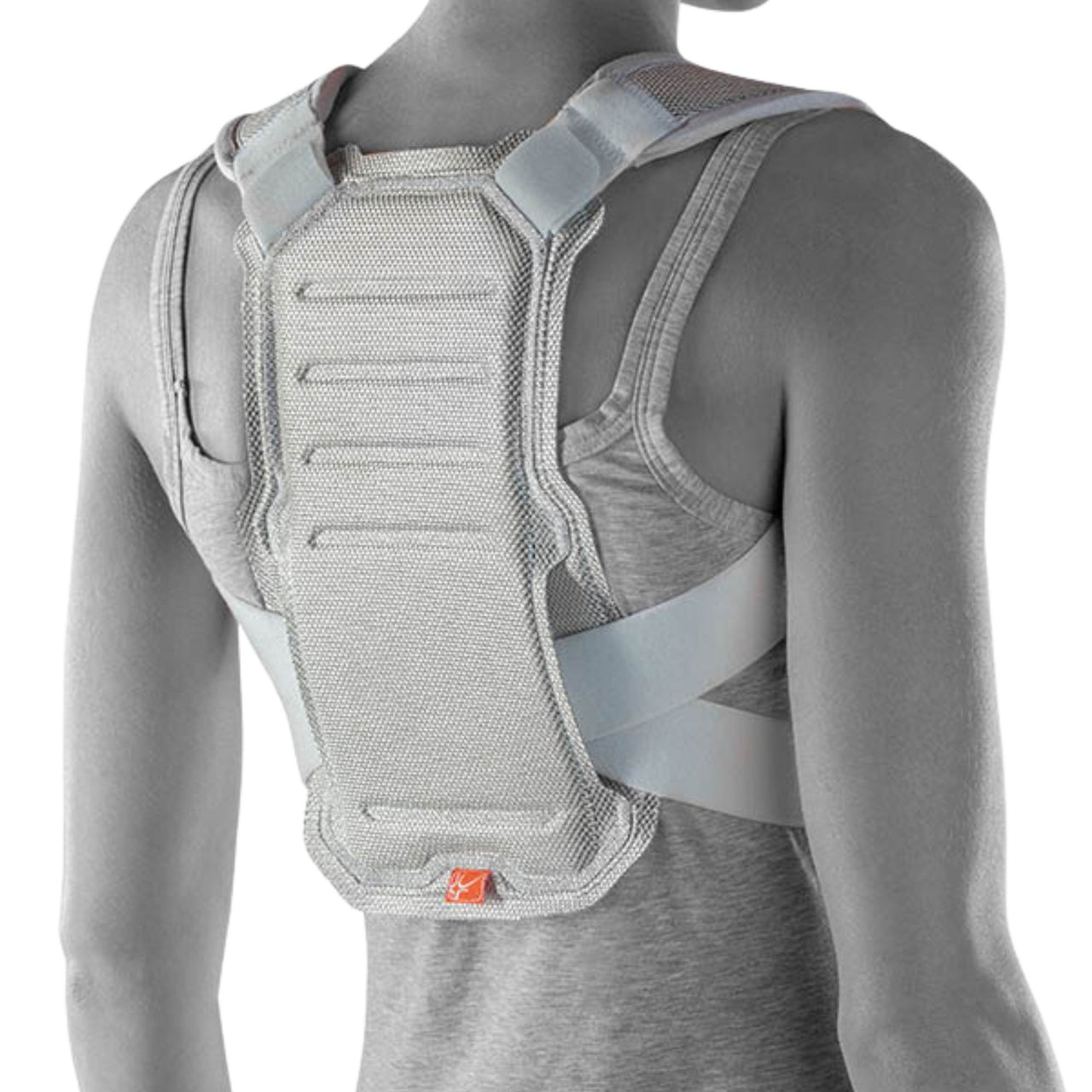Poor posture is a common problem that affects the neck, thoracic spine and shoulders. It often develops over time and is caused by forward-rotated shoulders and prolonged work in unfavorable positions, such as at a computer or sedentary work.
What is bad posture?
Poor posture means that the thoracic spine becomes more curved, while the shoulders and neck follow it forward in an unfavorable position. The incorrect position puts strain on the muscles, tendons and ligaments in the neck and thoracic spine and can lead to tension, stiffness and pain. In some cases, the condition can be linked to kyphosis, an increased curvature of the thoracic spine that exacerbates the posture problem.
Common causes & risk factors
Poor posture is often caused by prolonged work positions with forward-rotated shoulders, such as sitting in front of a computer. Muscular imbalance, insufficient exercise and inactivity can also contribute. When the weight of the head is supported by a forward-leaning neck, the strain on the neck and back muscles increases further, leading to pain and fatigue.
Symptom
- Pain in the thoracic spine and neck
- Feeling of fatigue in the thoracic spine that increases during the day
- Stiffness and soreness in neck and shoulder muscles
-
Tension headaches caused by overworked neck muscles
When should you seek medical attention?
In case of prolonged pain, pronounced stiffness or recurring headaches that do not improve with self-care, you should contact healthcare.
Recommended protection & support
A posture support or a posture vest can remind the body of a better position and relieve the upper body. Dynamic posture vests with elastic bands enable movement and stimulate the muscles while correcting posture. For long-term results, the combination of a posture vest, regular movement training and conscious position training in everyday life is recommended.


